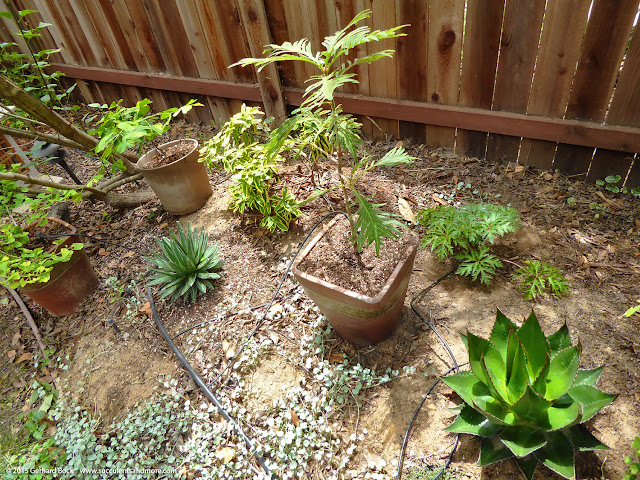I had some hostas in Davis...

“I had a farm in Africa at the foot of the Ngong Hills.” One of my favorite movies, Out of Africa , begins with these haunting works, spoken by Meryl Streep's aging character Karen Blixen as she remembers her life in Kenya (then British East Africa). “The Equator runs across these highlands, a hundred miles to the north, and the farm lay at an altitude of over six thousand feet. In the day-time you felt that you had got high up; near to the sun, but the early mornings and evenings were limpid and restful, and the nights were cold.” This post is nowhere near as fascinating as Blixen's remembrance of a life and love lost long ago (a real story, not fiction), but my lament is similarly wistful. I had some hostas in Davis not far from Interstate 80. They grew happily in the backyard when I first planted them, but they struggled in the summer heat. Our winters were so mild, they weren't able to spend enough time in dormancy. As a result, they were smaller and weaker w...













